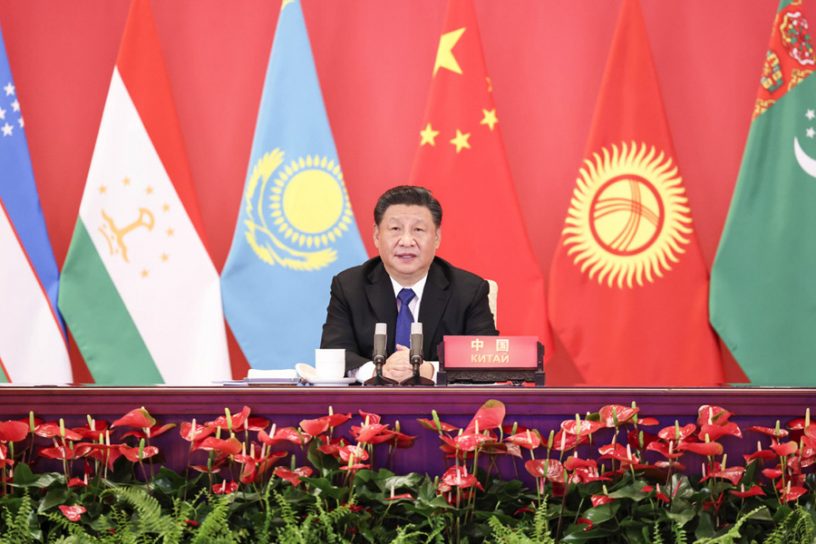
The paper will examine the Chinese footprint in Central Asia through border and trade relations, Xinjiang politics, and the Belt and Road Initiative policy.
Authors
Sukanya Bali, PhD Scholar, Jindal School of International Affairs, O.P. Jindal Global University, Sonipat, Haryana, India.
Seerat Arora, PhD Scholar, Jindal School of International Affairs, O.P. Jindal Global University, Sonipat, Haryana, India.
Summary
Over time, China has emerged as one of the leading economic partners in Central Asia. After the disintegration of the USSR, China spread its influence and replenished the power vacuum left. The five Central Asian states embraced a partnership with the Belt and Road Initiative. Economic and connectivity opportunities were prioritized. However, these states faced socio-economic and political challenges during the pandemic due to weak internal structures.
In the post-Covid era, China’s presence in the region has once again spurred due to their dependence on Beijing. The paper will examine the Chinese footprint in Central Asia through border and trade relations, Xinjiang politics, and BRI policy. Second, implications of the economic, geopolitical, and social order after the pandemic.
Third, how Central Asia is rebuilding itself from the domestic crisis, dependency theory will be used to investigate the multifaceted relations. The attempt is to answer if the Chinese presence brings sustainable development or increases dependence. The study shall conclude that Chinese presence requires a redefinition of the “status quo, sovereignty, and development” beyond economic interaction and cooperation.
Published in: Journal of Liberty and International Affairs
To read the full article, please click here.


